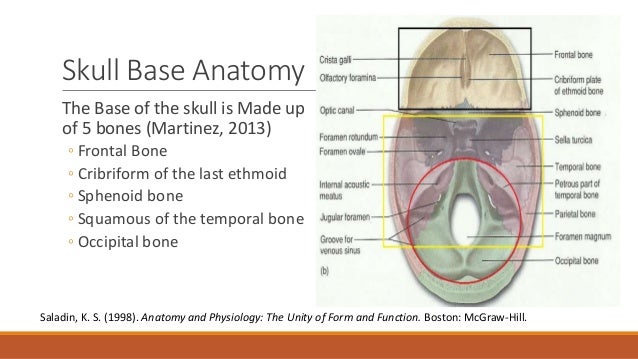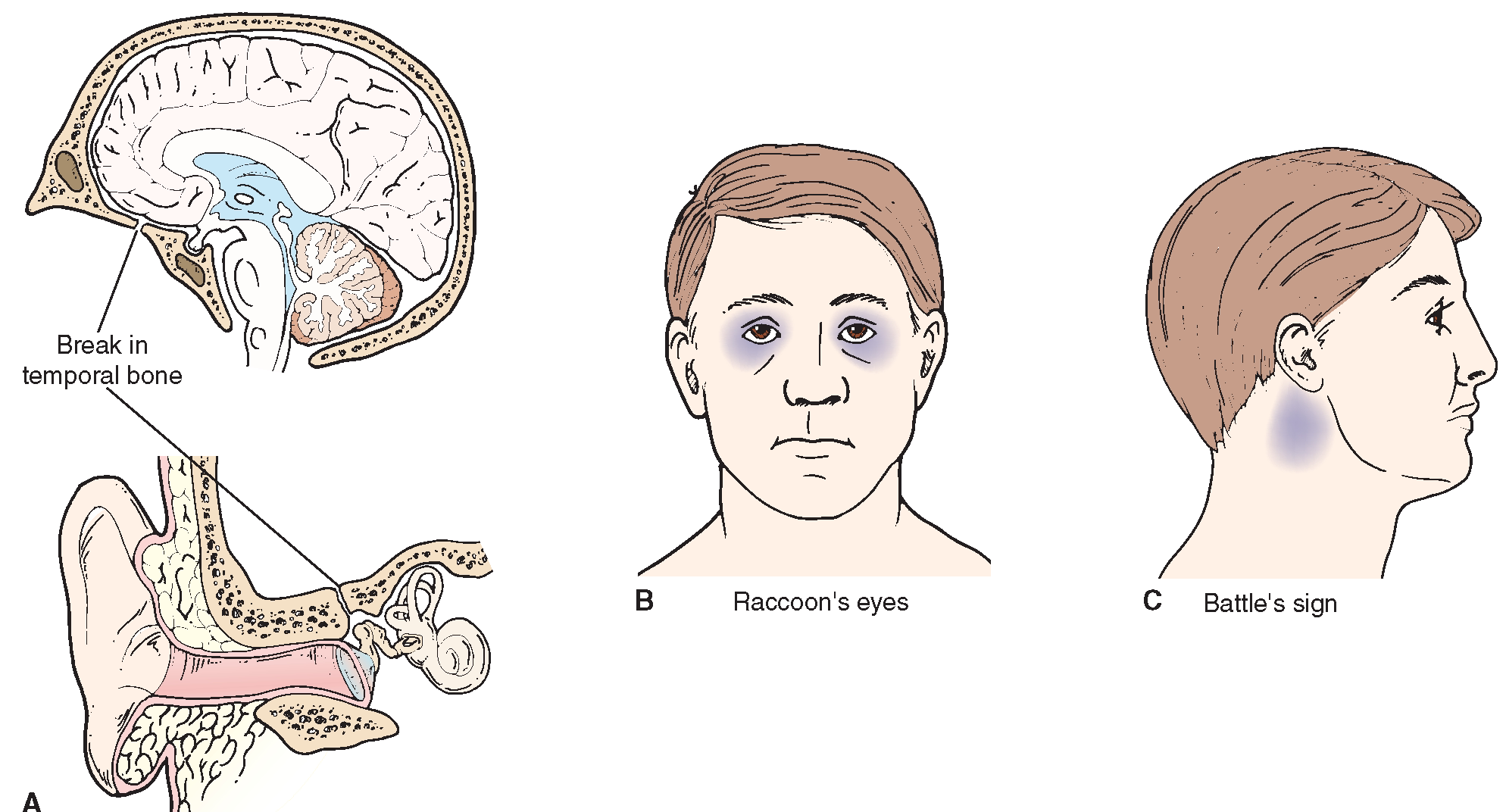

Consequently, we could successfully prevent the development of vascular air embolism and the patient was finally discharged without sequelae. In our case, since the patient had a large amount of air in the right ventricle, we ensured that he remained in a state of absolute rest in the supine position after admission, which kept his head below the level of his heart. Important risk factors for vascular air embolism include surgery and vascular puncture, especially in the sitting position or when the operative site is within 5 cm above the heart. Vascular air embolism represents a potentially life-threatening event and must be prevented. In mild trauma cases, physicians may fail to notice air in the venous system if they do not perform chest and neck CT. In our case, the air in the veins and heart might have resulted from a mild basilar skull fracture. However, in these cases, the presence of air resulted from severe trauma or fatal head injury. Adams and Claude reported several cases of venous air embolism after fatal blunt cranial trauma, in which blunt cranial trauma resulted in open cranial vault and dural vessel laceration. Bartynski and Wang reported the case of a 21-year-old man with air in the cavernous sinus with a basilar skull fracture after an acute head injury. They noted that air embolism can occur due to intracranial air passing through the arachnoid villi or via vessel laceration. Anderson and Lube presented a case of jugular venous air after basilar skull fracture in which a 17-year-old boy suffered a basilar skull fracture of the right temporal bone overlying the mastoid air cells in a motor vehicle collision, resulting in pneumocephalus and jugular venous air, as well as multiple punctate hemorrhagic lesions in the brain and acute subdural hematoma. To prevent vascular air embolism, the patient was placed in the supine position in a state of absolute rest after admission and was treated conservatively.īasilar skull fracture is a common traumatic injury however, there are few case reports on basilar skull fracture with air in the veins or heart. Whole body CT showed pneumocephalus and air in the jugular vein and right ventricle. Head CT showed traumatic subarachnoid hemorrhage in the right frontal area and basilar skull fracture of the occipital bone (Fig. After primary and secondary trauma surveys and X-rays of the chest and pelvis, whole body computed tomography (CT) was performed. A motor and sensory examination of the extremities and trunk was normal. On physical examination, there was no external wound, with only spontaneous pain and tenderness at the back of his head and neck. His medical history included paroxysmal atrial fibrillation, for which warfarin was prescribed. There was no dyspnea or right hemiplegia. He felt occipital and posterior cervical pain. On arrival, his consciousness was alert and his vital signs were stable. The physician found it difficult to diagnose and treat the patient, and he was immediately transferred to our emergency department by ambulance. However, he gradually developed dyspnea and right hemiplegia and presented to the emergency department of another hospital.

He could initially walk without weakness or other symptoms. The patient was a 77-year-old man who fell from the loading platform of a truck (height 1.5 m) and landed on the back of his head. A high degree of suspicion regarding air in venous system or heart is required when patients present with such injuries. Head trauma patients with basilar skull fracture might develop vascular air embolism if physicians fail to detect air in the venous system on hospital arrival. He was discharged 34 days after admission without sequelae. He did not experience vascular air embolism after increasing of his activity level (e.g., raising his head on hospital day 3 and standing and walking alone on day 5). On hospital day 4, the air in the veins disappeared completely on CT. On hospital day 3, CT was reperformed, revealing disappearance of air in the right ventricle and decreased air in the veins of the head and neck. The patient was placed in the supine position in a state of absolute rest to prevent vascular air embolism and was treated conservatively. Head CT showed traumatic subarachnoid hemorrhage in the right frontal area and basilar skull fracture of the occipital bone. His chief complaint was pain in the back of his head and neck. On hospital arrival, his consciousness was clear and his vital signs were stable. Case presentationĪ 77-year-old man fell from a truck bed and suffered head and neck trauma. The presence of air in venous system after basilar skull fracture is very rare. Air in the venous system may cause vascular air embolism, which is a potentially life-threatening event.


 0 kommentar(er)
0 kommentar(er)
